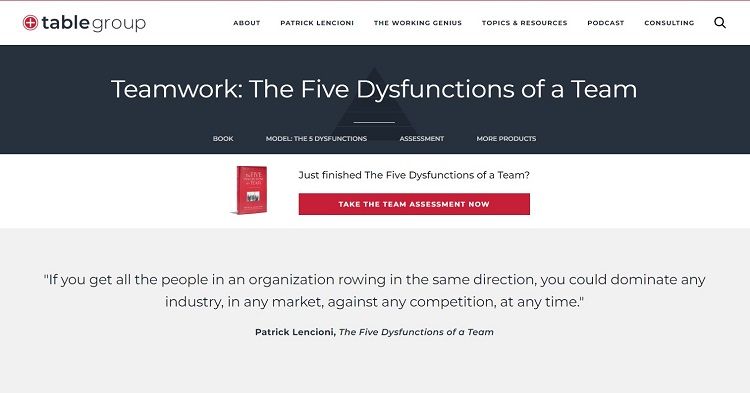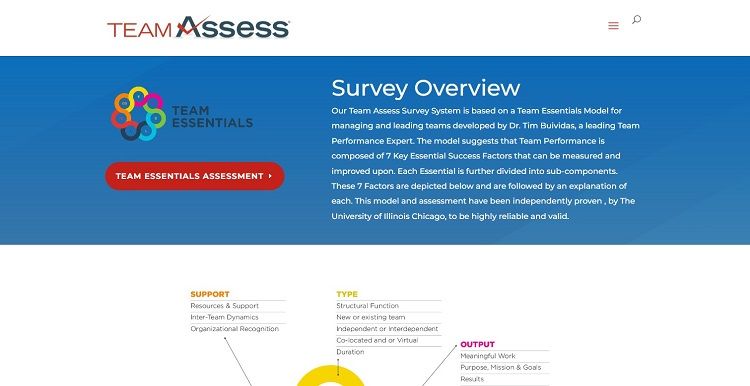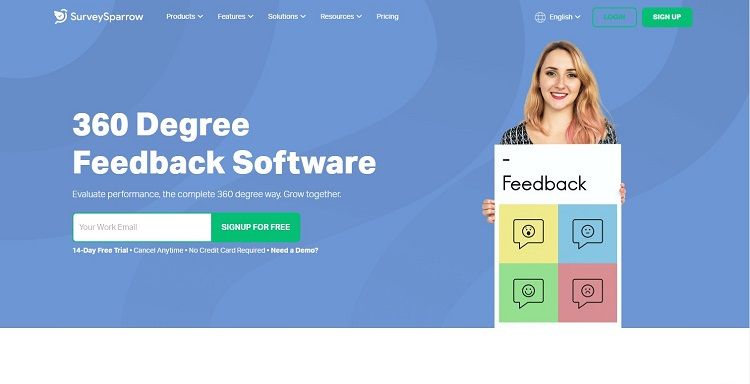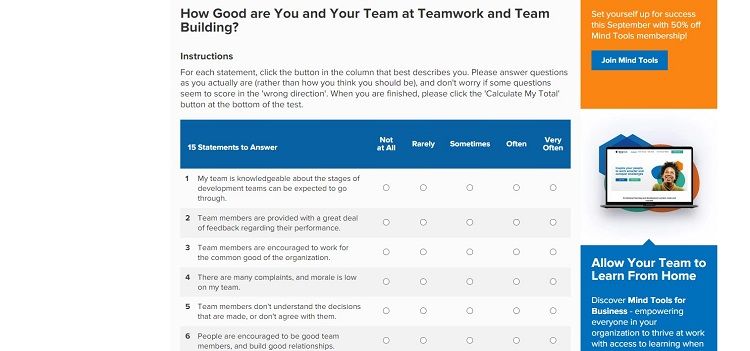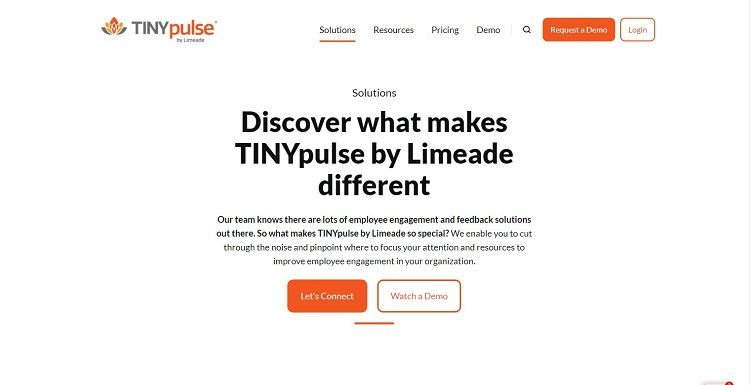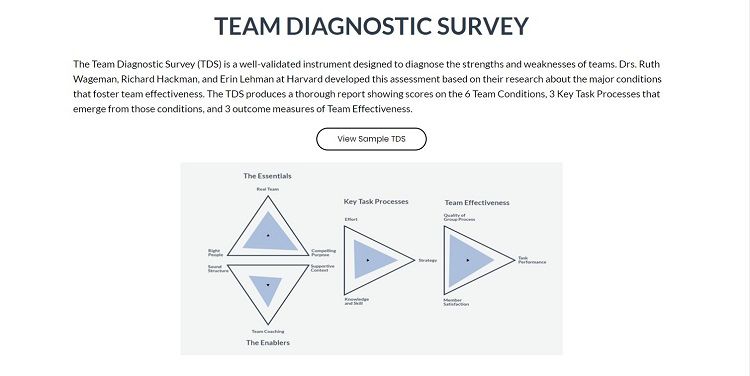Teamwork is a common element of any work experience. You must be aware of the abilities and skills of team members to ensure you have efficiency within the team. This is particularly important when you add new members to the team.
There are numerous tools that you can use to assess your team. Some of the tests in this article are free, and others require payment. Once you do a team assessment, you'll have a better idea of your team's strengths and weaknesses, identify if there are any missing elements, and determine what training may be required.
1. The Five Dysfunctions of a Team
TableGroup is the assessment provider based on Patrick Lencioni's book. The questionnaire has questions from a model with five dysfunctions: the absence of trust, fear of conflict, lack of commitment, avoidance of accountability, and inattention to results.
The results of this assessment are an excellent starting point for anyone who wants to overcome the dysfunctions of their team and realize their potential. The questionnaire has 42 questions, and the results come as a color-coded report. The report provides valuable data that addresses the most critical issues within the team, so you can start to make immediate progress.
While you may not want to think of your team as dysfunctional, you may find the assessment useful to uncover where your team's weaknesses lie. If you're unsure about whether you can benefit from a team assessment, you might be interested in the reasons why effective teamwork is important for all organizations.
2. Team Assess
Tim Buividas, a leading Team Performance Expert, developed the Team Essentials Model for learning and managing teams. The model suggests that team performance consists of seven essential success factors that can be measured and improved upon. Each critical success factors have subcategories.
The seven essential success factors include team output, effectiveness, output, structure, leadership, organizational support, and team type. Each success factor has subcategories that provide a deeper understanding.
Parts of the assessment are only available if you purchase the Complete Assessment option, including team output, structure, leadership, organizational support, and team type. If you're interested in learning more about collaboration tools, you might be interested in the best Google Teamwork tools for online collaboration.
3. 360-Degree Feedback
360-degree performance review surveys can be the best way to get productive employee feedback that tells you how you and your team are doing. It can help you identify the quiet leaders in your organization and areas for improvement, whether with interns or individuals in upper management. The feedback each team member receives covers every critical aspect of their job.
Each team member's feedback also helps them understand their proficiency and skills. Peer reviews are critical because each colleague has different views and ideas about coworkers working styles, time and resource management, and synergies. Peer feedback allows an organization to assess coworkers' performance and ability to work as part of a team. Benefits of a 360-degree assessment:
- Advances self-awareness.
- Provides a balanced view.
- Builds an open culture.
- Boosts employee engagement.
- Reduce employee turnover.
- Coworker rapport.
- Training programs.
4. MindTools Team Effectiveness Assessment
The MindTools assessment can help you discover typical team working problems you may be experiencing. Once you complete the evaluation, MindTools directs you to team tools that can help you improve and develop critical skills.
When answering the questions, you should respond as you are now and not as you think you should be. There are 15 questions to answer, and they measure team development, feedback, participation and articulating the vision, managing conflict, group roles and structure, team member development, and understanding and collaboration.
If you're considering creating your own assessment, you may want to learn more about team feedback tools for anonymous opinions and decision polls.
5. TINYpulse
TINYpulse claims to be the pioneer of the “pulsing” method, which optimizes regular employee feedback at scale. The company dedicates its work to enabling organizations to succeed via an improved workplace culture. The platform provides exclusive insights, support guides, and resources to help you stay current with external and internal trends.
TINYpulse's custom Key Driver Analysis (KDA) report can help identify the foundation for an employee engagement strategy that can encourage the most impact within an organization. The platform provides actionable recommendations to implement, measure, and create the changes you want so you can be confident you're focusing on what matters most to the organization.
TINYpulse's in-platform features provide easy access to tools scientifically proven to improve employee satisfaction and engagement, so you can act fast once you receive feedback. By responding quickly, you show your employees that you're really listening.
You can be confident in the recommendations and insights you receive, since industry experts work tirelessly to support the platform and ensure the platform and its clients are current with science-backed data and information on employee engagement and well-being. If you have a new team member, you may be interested in learning about how to welcome new team members automatically using Slack workflow builder.
6. Team Diagnostic Survey
The Team Diagnostic Survey (TDS) is a creation by Doctors Ruth Wageman, Erin Lehman, and Richard Hackman, who created the assessment by creating questions that reveal the significant conditions that promote team effectiveness.
The team designed the evaluation to diagnose team strengths and weaknesses. The TDS produces a report that shows scores on six team conditions, three key tasks of processes that come from those conditions, and three outcome measures of team effectiveness.
The following is a breakdown of the categories the survey looks at:
The Essentials
The following are essential categories the TDS measure:
- Real team
- Right people
- Compelling purpose
The Enablers
The following are the categories where enablers according to the TDS:
- Sound structure
- Team coaching
- Supportive context
Key Task Processes
The key task processes measured by the TDS are:
- Effort
- Strategy
- Knowledge and skill
Team Effectiveness
The TDS looks at the following to measure team effectiveness:
- Quality of group process
- Task performance
- Member satisfaction
Assess Your Team to Strengthen Future Group Success
You can improve your team's effectiveness and efficiency by regularly assessing them. It's helpful to analyze team members as they develop their skills, some members leave, and you welcome new ones. Team assessments can help you take inventory of the team's current strengths and weaknesses.
Awareness of team members' skills, strengths, and weaknesses can help you delegate tasks more efficiently and discover the areas where the team may need training or new team members are required. The knowledge you gain from a team assessment can help you leverage your team's skills efficiently and effectively.


